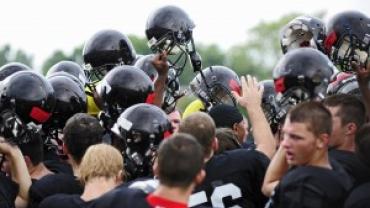
Concussion rate in high-school athletes has more than doubled over the past seven years and researchers suspect this upward movement reflects increased awareness.
Most likely the concussions that were previously occurring are now being accurately diagnosed more consistently. A concussive injury produces a transient loss of brain function. Many experience dizziness lightheadedness confusion and headaches as well as visual changes. Nothing is usually seen on imaging.
Recovery usually occurs within a short amount of time; however previous research has suggested that high-school athletes take longer to recover than do older athletes.
Medical treatments for post-concussion symptoms have consisted mainly of opiates for headaches antidepressants anti-nauseas anti-vertigo stimulants and other medications to increase neurotransmitter levels.
Research shows that GPC (glycerophosphocholine) should be looked at as a valuable tool here. GPC is a form of choline that has been shown to protect and repair damaged brain cells. It supports the brain's ability to recover after traumatic brain injuries and to reduce the symptoms associated with concussion and post concussion syndrome.
The traumatic forces involved in concussion and in those with post concussion syndrome have been shown to result in a decrease of glucose use by the brain and changes in cerebral blood flow. GPC has been used to help prevent damage to brain cells after blood flow and thus oxygen has been cut off to those cells.
In one study twenty-three patients who suffered from concussions and cerebral contusions were given GPC for a three month period. At the end of the study ninety-six percent of the patients mental faculties had improved significantly. (Mandat T et al Neurol Neurochir Pol; 2003)